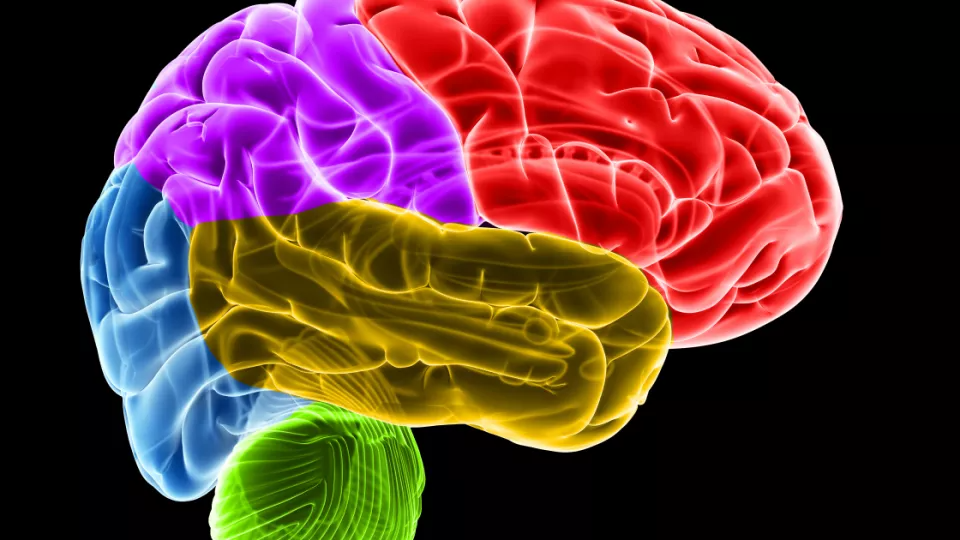New Findings Could Transform The Treatment Of Brain Injuries And Stroke
It was previously thought that damage to the neural pathways was the sole cause of the motor problems that are typical after a brain injury or stroke.
 It was previously thought that damage to the neural pathways was the sole cause of the motor problems that are typical after a brain injury or stroke. However, new research led by researcher at Lund and Uppsala Universities in Sweden now shows that hormones released after these injuries appear to contribute in a dramatic way. The results indicate that hormone-blocking drugs could be used to counteract the motor problems. The discovery could have a revolutionary significance for the treatment of brain injuries and stroke.
It was previously thought that damage to the neural pathways was the sole cause of the motor problems that are typical after a brain injury or stroke. However, new research led by researcher at Lund and Uppsala Universities in Sweden now shows that hormones released after these injuries appear to contribute in a dramatic way. The results indicate that hormone-blocking drugs could be used to counteract the motor problems. The discovery could have a revolutionary significance for the treatment of brain injuries and stroke.
The study, which was conducted on rats, has been published in the research journal eLife.
A stroke or damage to one side of the brain causes motor difficulties on the opposite side of the body. Researchers previously thought that it was simply due to the neural pathways of one side of the brain controlling the activities on the opposite side. However, recently conducted studies showed that certain hormones given to rats with no brain injury can create motor impairment resembling that seen in people after a brain injury, and that counteracting these hormones can reduce movement problems after a stroke. “This points to a previously unknown and extremely complex interaction between the central nervous system and the hormonal systems”, says professor of neurophysiology at Lund University, Jens Schouenborg, one of the researchers who led the international study.
To further investigate the results, the research team studied the effects that a brain injury on one side of the brain had on those rats that had been given hormones but which had no connection between the brain and the part of the spinal cord that controls the back legs.
They saw that the back leg on the opposite side to the injury had impaired reflexes, even though the spinal cord was not connected to the brain. However, animals that had no pituitary, a hormone-producing gland that is connected to the brain, did not experience these problems. Two pituitary hormones, ß-endorfin and arg-vasopressin, seemed to play a role.
When the team gave these two hormones to rats that had no brain injury, these rats also developed the type of back leg contraction on the right side that is typical after a brain injury or stroke on the left side of the brain. The research team then tested what happens if a drug that blocks the hormones’ effect is given to rats with left-side brain injuries. It was shown that the animals did not develop right-side problems. The results also indicate that hormone-blocking treatments can help to counteract the motor problems. “I believe that in time our discoveries could contribute to a completely new and effective type of pharmacological treatment of motor problems after a stroke or other brain injury. However, before we reach that point, there needs to be more research as well as the development of new techniques that make it possible to study the dynamic interaction between hormones and the nervous system”, explains Jens Schouenborg, who adds that his research team is developing a technique that will make it possible to listen to and interact with signalling in nerve cells and endocrine cells. External, international leading researchers have called the new results ground-breaking, as they directly challenge dogmas in the treatment of brain injuries that have been accepted for a long time. In addition, the study’s findings open up a new and exciting field of research, as they go against the previous understanding of the link between brain injuries, the spinal cord and muscle control. If the results can be replicated, researchers consider it likely that the area will generate new findings for a long time to come.
Publication: Nikolay Lukoyanov, et al. Left-right side-specific endocrine signaling complements neural pathways to mediate acute asymmetric effects of brain injury. eLife, (2023). DOI: 10.7554/eLife.65247
Original Story Source: Lund University

 Alerts Sign-up
Alerts Sign-up